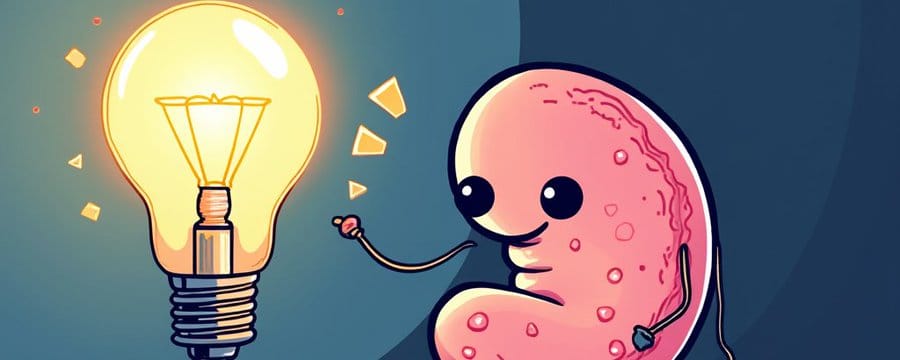Home automation has transformed from a futuristic concept to an accessible reality, allowing homeowners to control various aspects of their living environment with ease. Home Assistant stands out as a powerful, open-source home automation platform that offers extensive customisation, privacy, and control over your smart home devices. Here’s an in-depth guide on how to leverage Home Assistant for automating your home.

Installation of Home Assistant
1. Choosing Your Hardware:
- Raspberry Pi: A popular choice for beginners due to its cost-effectiveness and community support.
Install the Home Assistant Operating System (HA OS) by flashing an SD card with the image from the Home Assistant website. - Dedicated PC or NAS: For those needing more processing power or storage, these can run Home Assistant Docker or Core.
2. Installation Steps:
- SD Card Preparation: For Raspberry Pi, download the HA OS image and use software like balenaEtcher to write it onto an SD card.
- Initial Setup: Insert the SD card into the Raspberry Pi, connect it to your network, and power it on. Find the IP address from your router or use a tool like nmap.
- First Boot: Access Home Assistant through homeassistant.local:8123 or the IP address. Follow the setup wizard to configure your basic settings.
What Home Assistant Can Do
- Device Integration: Connects with thousands of devices including lights, thermostats, cameras, and even custom DIY solutions.
- Automation: Automate routines like lighting scenes, heating schedules, or security checks based on presence or time.
- Sensor Monitoring: Track environmental conditions, energy usage, or health metrics.
- Custom Dashboards: Create personalized interfaces for controlling your home from anywhere with internet access.
How Home Assistant Can Save You Money
- Energy Efficiency: Automate lights, heating, and cooling systems to operate only when needed, reducing energy waste.
Example: Turn off heating in unused rooms or reduce it when windows are detected open via sensors. - Bulk Buying Automation: With integration like IFTTT, automate purchasing of household items when supplies run low, potentially saving through bulk buying or subscriptions.
- Maintenance Alerts: Set up notifications for device maintenance, like filter replacements for HVAC systems, ensuring longevity and efficiency of appliances.
Benefits and Disadvantages of Smart Homes
Benefits:
- Convenience: Control everything from your phone or voice commands, making daily routines more manageable.
- Security: Enhance home security with automated locks, lights, and surveillance systems that can mimic occupancy.
- Accessibility: Assist individuals with disabilities by automating tasks like turning on lights or opening doors.
Disadvantages:
- Privacy Concerns: More devices mean more potential points of failure or vulnerability to hacking.
- Cost: Initial investment in smart devices and possibly the learning curve involved with setting up complex systems.
- Dependence on Internet: Most features require an internet connection, which could be a risk during outages.
Code Examples for Health Monitoring
Here’s how you might automate a system where lights change colour based on blood sugar levels:
Automating Light Colour Change for Blood Sugar Monitoring:
json
automation:
- alias: 'Check Blood Sugar Level'
trigger:
- platform: state
entity_id: sensor.blood_glucose
condition:
- condition: numeric_state
entity_id: sensor.blood_glucose
above: 12.9
action:
- service: light.turn_on
target:
entity_id: light.living_room_light
data:
rgb_color: [255, 0, 0] # Red
- service: notify.notify
data:
message: "Warning: High blood sugar detected! Current level: {{ states('sensor.blood_glucose') }} mmol/L"Explanation:
- Trigger: The automation is triggered when the state of sensor.blood_glucose changes.
- Condition: If the blood sugar level is above 12.9 mmol/L.
- Action: The living room light turns red, and a notification is sent.
Enhanced Home Automation with Home Assistant: Real-World ExamplesBuilding on the foundational guide to installing and setting up Home Assistant, let's delve into some practical and detailed automation scenarios I've implemented at home, showcasing how automation can adapt to personal health needs and daily routines.Health-Centric Automation
1. Blood Sugar Level Indicator:
- Scenario: When my blood sugar levels, monitored by a continuous glucose monitor integrated into Home Assistant, exceed 13 mmol/L, my bedroom lamp changes to red as a visual alert. This colour change serves as a prompt to take action, possibly administer insulin or consume a corrective snack. Once levels return to normal (below 13 mmol/L), the lamp reverts to its previous state.
json
automation:
- alias: 'Blood Sugar Alert'
trigger:
- platform: state
entity_id: sensor.blood_glucose
condition:
- condition: time
after: '19:00:00'
before: '23:59:59'
- condition: numeric_state
entity_id: sensor.blood_glucose
above: 12.9
action:
- service: light.turn_on
target:
entity_id: light.bedroom_lamp
data:
rgb_color: [255, 0, 0] # Red
- service: notify.notify
data:
message: "High Blood Sugar Alert: {{ states('sensor.blood_glucose') }} mmol/L"
- alias: 'Return Lamp to Normal'
trigger:
- platform: state
entity_id: sensor.blood_glucose
to: 'below 13'
action:
- service: light.turn_on
target:
entity_id: light.bedroom_lamp
data:
profile: saved_state # Assumes a saved state feature or similar functionalityDaily Routine Enhancements
2. Evening Ambiance:
- Scenario: At sunset, a group of lamps tagged as "evening lamps" turn on to create a cosy atmosphere. Simultaneously, the blind in my Den closes for privacy and to signal the end of the day.
json
automation:
- alias: 'Evening Setup'
trigger:
- platform: sun
event: sunset
action:
- service: light.turn_on
target:
entity_id: group.evening_lamps
- service: cover.close_cover
target:
entity_id: cover.den_blind3. Gentle Morning Wake-Up:
- Scenario: Thirty minutes before sunrise, lights in the "morning lamps" group start to turn on gradually, simulating a soft daylight increase. This not only wakes me up gently but also helps in maintaining a natural sleep-wake cycle. The Den blind opens to let in the morning light.
json
automation:
- alias: 'Gentle Morning Awakening'
trigger:
- platform: sun
offset: '-00:30:00'
event: sunrise
action:
- service: light.turn_on
target:
entity_id: group.morning_lamps
data:
transition: 1800 # 30 minutes in seconds for a slow increase in light
- service: cover.open_cover
target:
entity_id: cover.den_blind4. Garden Lights:
- Scenario: The garden lights turn on at sunset to enhance security and aesthetics, automatically turning off at 11:30 PM to conserve energy.
json
automation:
- alias: 'Garden Lights On'
trigger:
- platform: sun
event: sunset
action:
- service: switch.turn_on
target:
entity_id: switch.garden_lights
- alias: 'Garden Lights Off'
trigger:
- platform: time
at: '23:30:00'
action:
- service: switch.turn_off
target:
entity_id: switch.garden_lightsThese examples illustrate how Home Assistant can be tailored to not only automate mundane tasks but also assist in health monitoring and creating a comfortable living environment. By leveraging automations, you can achieve a balance between technology integration and personal well-being, making the home not just smart, but also responsive to individual needs. Each of these setups enhances daily life by providing convenience, maintaining security, and even supporting health management, all while potentially saving on energy costs through smart usage of lights and blinds.

Member discussion: